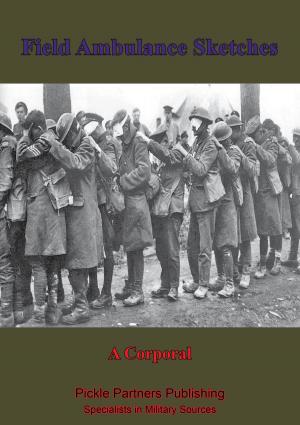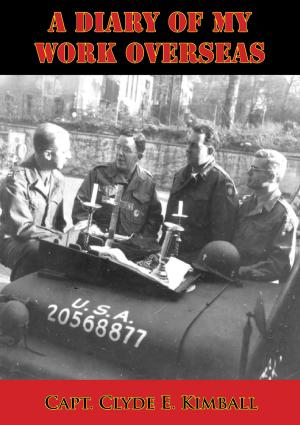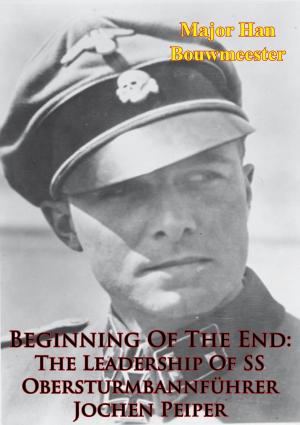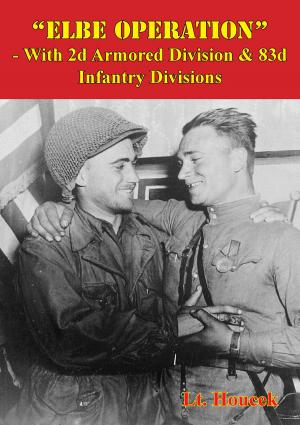Operational Principles: The Operational Art Of Erwin Rommel And Bernard Montgomery
Nonfiction, History, Germany, European General, Military, United States| Author: | Major T.L. McMahon | ISBN: | 9781782897422 |
| Publisher: | Lucknow Books | Publication: | August 15, 2014 |
| Imprint: | Lucknow Books | Language: | English |
| Author: | Major T.L. McMahon |
| ISBN: | 9781782897422 |
| Publisher: | Lucknow Books |
| Publication: | August 15, 2014 |
| Imprint: | Lucknow Books |
| Language: | English |
This study focuses on the operational level of war-that level which links tactics to strategy. The study seeks to identify and define principles applicable to the operational level of war. If valid, those principles ought to guide and/or govern the conduct of war at the operational level. Also, understanding of operational principles and the theoretical foundations of the operational level of war can assist US Army commanders and staff officers in preparation for and conduct of war at that level.
Selected campaigns and battles conducted by Erwin Rommel and Bernard Montgomery during World War II are analyzed. The objective of the analyses is to determine what each commander considered as guides in making battlefield decisions. The research is not limited, however, to specific campaigns and battles. A description of each commander is offered; that is, his experiences and the evolution of his military thought. The prevailing German and British military doctrines are also reviewed. Interestingly, the criteria each commander used in making battlefield decisions-his operational principles-are apparent by understanding the man and the doctrine; the campaign and battle analyses serve to substantiate those principles.
While Rommel and Montgomery represented different styles of war-fighting, maneuver and attrition respectively, they demonstrated a remarkable commonality in battlefield decision-making...Apparently the operational level of war can accommodate a broad range of war-fighting styles and instruments.
The implications for the US Army derived from this study cover a wide range of subjects. Some involve organization, training, and preparation of operational-level commanders and staff officers. Most important is the development of an army which can successfully fight the campaigns and battles in future war.
This study focuses on the operational level of war-that level which links tactics to strategy. The study seeks to identify and define principles applicable to the operational level of war. If valid, those principles ought to guide and/or govern the conduct of war at the operational level. Also, understanding of operational principles and the theoretical foundations of the operational level of war can assist US Army commanders and staff officers in preparation for and conduct of war at that level.
Selected campaigns and battles conducted by Erwin Rommel and Bernard Montgomery during World War II are analyzed. The objective of the analyses is to determine what each commander considered as guides in making battlefield decisions. The research is not limited, however, to specific campaigns and battles. A description of each commander is offered; that is, his experiences and the evolution of his military thought. The prevailing German and British military doctrines are also reviewed. Interestingly, the criteria each commander used in making battlefield decisions-his operational principles-are apparent by understanding the man and the doctrine; the campaign and battle analyses serve to substantiate those principles.
While Rommel and Montgomery represented different styles of war-fighting, maneuver and attrition respectively, they demonstrated a remarkable commonality in battlefield decision-making...Apparently the operational level of war can accommodate a broad range of war-fighting styles and instruments.
The implications for the US Army derived from this study cover a wide range of subjects. Some involve organization, training, and preparation of operational-level commanders and staff officers. Most important is the development of an army which can successfully fight the campaigns and battles in future war.















![Cover of the book Sir Douglas Haig's Despatches (December 1915-April 1919) [Illustrated] by Major T.L. McMahon](https://www.kuoky.com/images/2012/april/300x300/9781782890829-k6SN_300x.jpg)